People
Marc Quinn and the Art of the Moment
Things kicked off for Quinn at the legendary "Sensation" exhibition in London
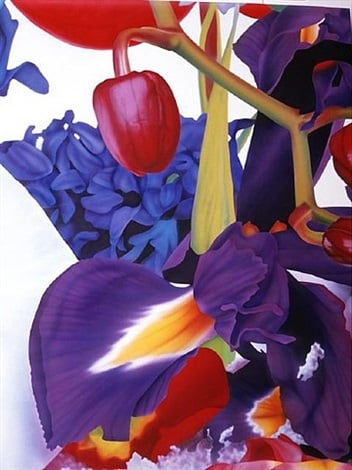
Photo: courtesy Leslie Sacks Gallery
Things kicked off for Quinn at the legendary "Sensation" exhibition in London

Amah-Rose Abrams

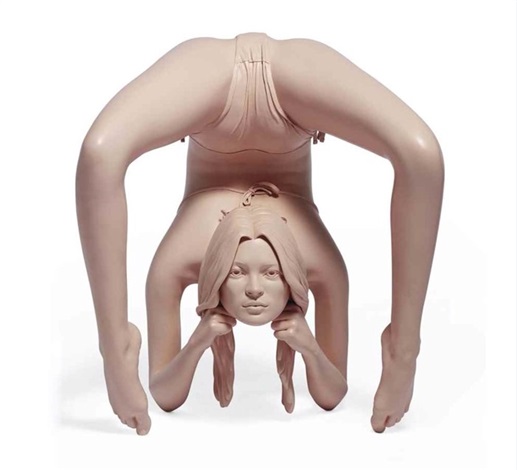
Marc Quinn Sphinx (Fortuna) Pink (2006)
Photo: courtesy Leman Art
Marc Quinn’s fame extends beyond the art world. He rose to prominence amidst the hype of the YBA movement, and has gone on to become one of Europe’s most controversial artists.
Turning back the clock to the mid 1990s, on display at the groundbreaking “Sensation” exhibition at the Royal Academy of Art in London was a very realistic human head—made from ten liters of solidified blood—exhibited alongside other incendiary artists like Damien Hirst, Chris Ofili, and Tracey Emin. The blood in question was not only of human origin, but came from the artist himself. This project, entitled Self, endures as Quinn creates a new blood-based self-portrait every five years as a documentation of his own aging process.
Quinn’s work not only deals with perceptions of beauty, but also our relationships, genetics, technology, ecological issues, politics, and the manipulation of DNA.
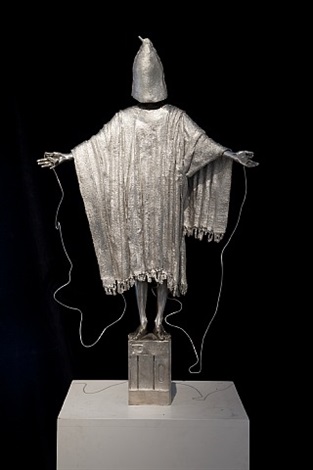
Marc Quinn Vice as an Object of Virtue (2010)
Photo: courtesy White Cube
His first major solo exhibition was held at Tate Britain in 1995, “Emotional Detox: The Seven Deadly Sins (Art Now)” (1995), consisting of a series of visceral self-portraits in sculpture. Following this debut, his work has continued to develop and expand, incorporating more and more mediums.
Today his practice encompasses prints, photography, painting, and sculpture—and the most controversial of these by far are his sculptural works. In Quinn’s quest to explore our relationship with physical beauty, he has both stirred up considerable outrage and made his mark on the art world in the process.
His work Siren (2006) is one of a series of contorted sculptures of Kate Moss. Opinions on the piece remain divided, as some were intrigued by the exposed physicality of the sculptures, while others found them objectifying and even misogynist.
“She is a contemporary version of the Sphinx. A mystery,” said Quinn of the work, to the Guardian in 2006. “There must be something about her that has clicked with the collective unconscious to make her so ubiquitous, so spirit of the age.”
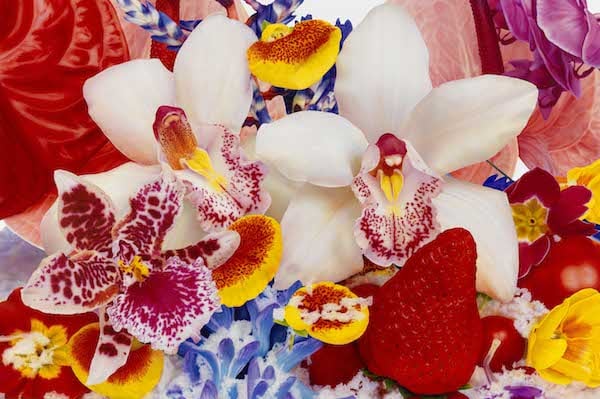
Marc Quinn Kuma Mela
Photo: courtesy the artist
Quinn had previously achieved the same effect with his commission for the “fourth plinth” in Trafalgar Square. The plinths, placed at each corner of the historic square, were previously reserved for classical and historical sculpture.
His contribution, a marble sculpture of artist Alison Lapper while eight months pregnant—titled simply, Alison Lapper Pregnant (2005)—both shocked and amazed Londoners. The combination of her altered physical form with dramatically shortened arms and legs along with the serene beauty of her face captivated audiences, and challenged beauty stereotypes.
“Nelson’s Column is the epitome of a phallic male monument, and I felt that the square needed some femininity, linking Boudicca near the Houses of Parliament,” he told the Telegraph at the time.
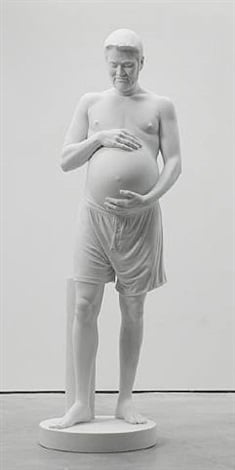
Marc Quinn Thomas Beatie (2009)
Photo: courtesy White Cube
He has also made life-size sculptures of Thomas Beattie, the American transgender man who became pregnant, and a raw bronze piece that depicts transgender porn stars Allanah Starr and Buck Angel as Adam and Eve.
Quinn’s ability to tap into the zeitgeist has undoubtedly helped maintain his success. In a recent series, he critically addresses our co-dependence with technology. Bronze, hooded figures gaze downwards into skulls they are holding, as though these were smartphones. Drawing inspiration from news and current affairs has meant that Quinn’s work in not only relevant to the age it is being produced in, but also provides a kind of record of popular culture for the future.
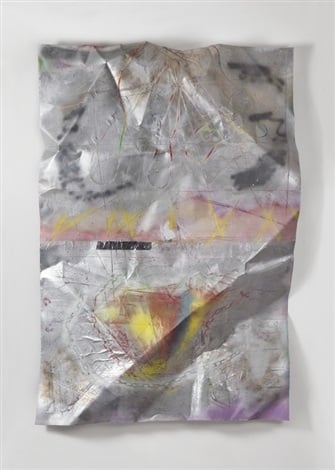
Marc Quinn The Toxic Sublime – B(=/cUo-214!96c (2014)
Photo: courtesy White Cube
“I think as an artist you should reflect the world you live in,” said Quinn to artnet News recently. “I mean that’s what’s important. What’s interesting is to look at artists who did that in the past, not artists who sat in their own bubble. I think it’s quite interesting to have art that could only be made in one period. Obviously, an artwork could have something universal as well. It is really from a certain period but, hopefully, can transcend that period too. But I think if you have something that’s about the human condition, then it should transcend its time, because the human condition will never change.”
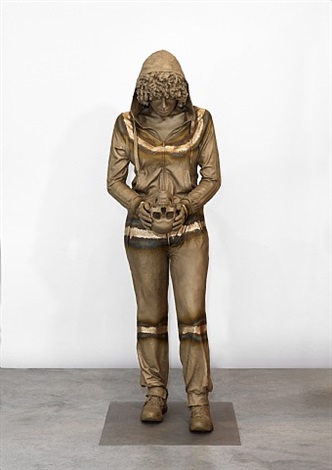
Marc Quinn Life Breathes the Breath (Out) (2012)
Photo: courtesy White Cube
The works in his show “The Toxic Sublime” at White Cube Bermondsey, which opened in July 2015, showed another development in his practice, with enlarged casts of seashells and complex crumpled and works on canvas mounted on aluminium. Simultaneously, he exhibited much more political works in “History Painting” at BOX in Berlin, including a sculpture of one of the detainees in Abu Graib prison in Iraq.
With Quinn’s focus on the present, it will be interesting to see how his work ages. For the time being, his ability to capture the public’s attention while simultaneously challenging our notions of beauty ensures his relevance, and that he has a curious audience.